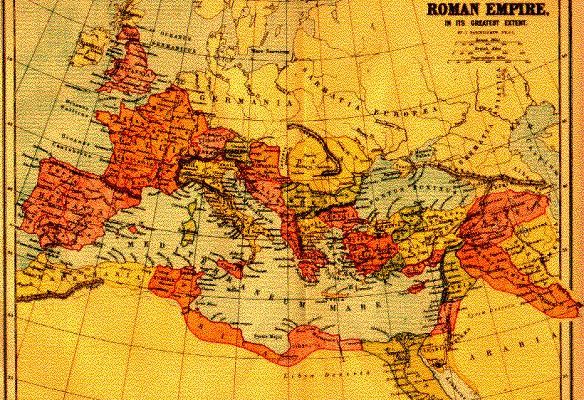
QUESTION: Marty, your insight into the failure of Austrian and Keynesian economics was really eye opening. At your conference you said that Adam Smith’s Invisible Hand applied internationally not just domestically. I believe I have reached the level of understanding you have been teaching us. It is indeed global and clearly everything is connected. Is China now in the early stage of Rome when it was growing in the shadow of the Greeks?
Happy New Year from Euroland
All the best
KM

ANSWER:Â Absolutely.China is in the current growth stage. It will take time. It took Rome 72 years to complete the second phase of monetary growth. Its first silver and gold coinage was struck in Greek denominations illustrating that the Greeks were still the financial capital of the world. Like an emerging market nation today who issues debt in dollars to facilitate their economy, the Romans adopted the Greek monetary system to facilitate trade.

Previously, the Roman monetary system began with bronze, for it was the metal of tangible value since it could be made into a plow or a weapon. Bronze coinage, known as Aes Grave, appeared during the 4th century BC and that standard weight system is still with us today. The Roman As was one pound and this was divided into 12 units called “uncia†or ounces.

Prior to the 4th century BC, the Roman monetary system consisted of just lumps of bronze known as Aes Rude. This form of money replaced cattle. This period of Aes Rude lasted about 309 years.
The Aes Rude is thus replaced with “official†government issued coins that were a standard weight system. This facilitated trade for it displaced the requirement of always having to weigh the crude lumps of bronze.

Â
It was 211BC when Rome introduced the Denarius establishing its own monetary system distinct from the Greeks. Therefore, we have 309 years for Aes Rude, about 112 years for the Aes Grave, 72 years for the Greek denomination period, and then the birth of the Roman denarius.

